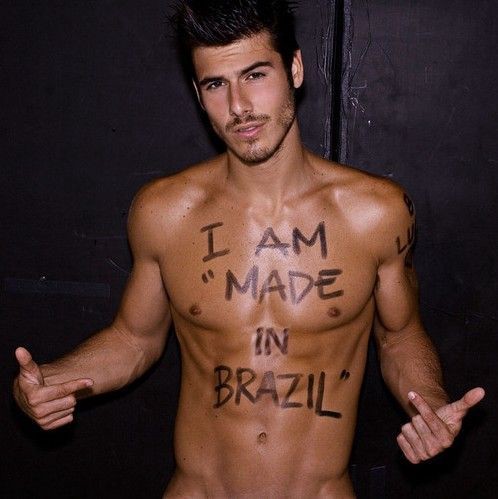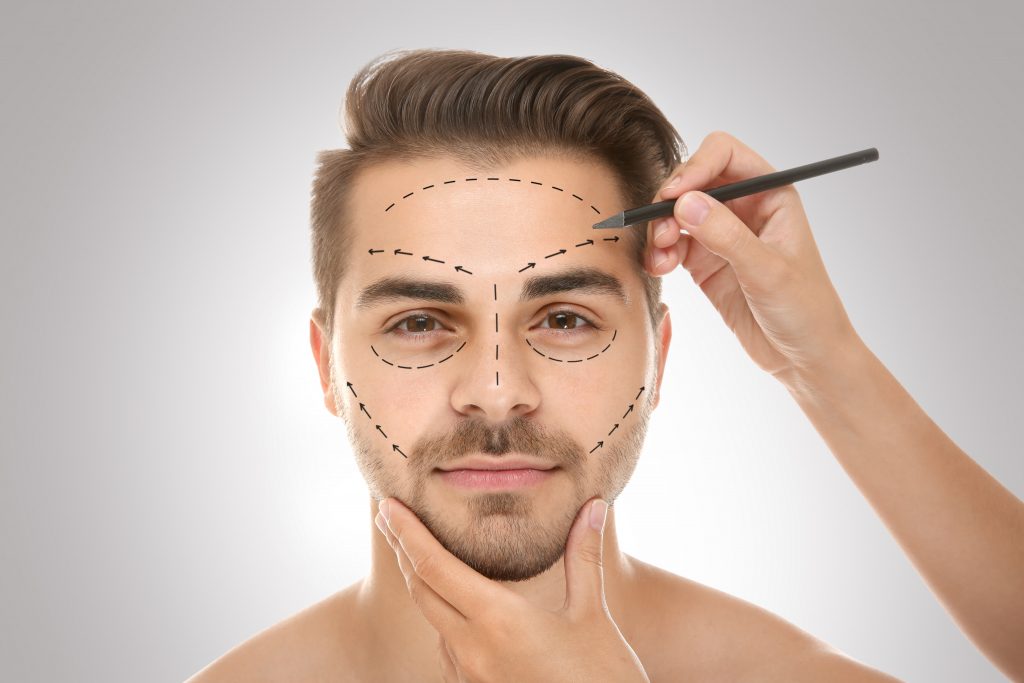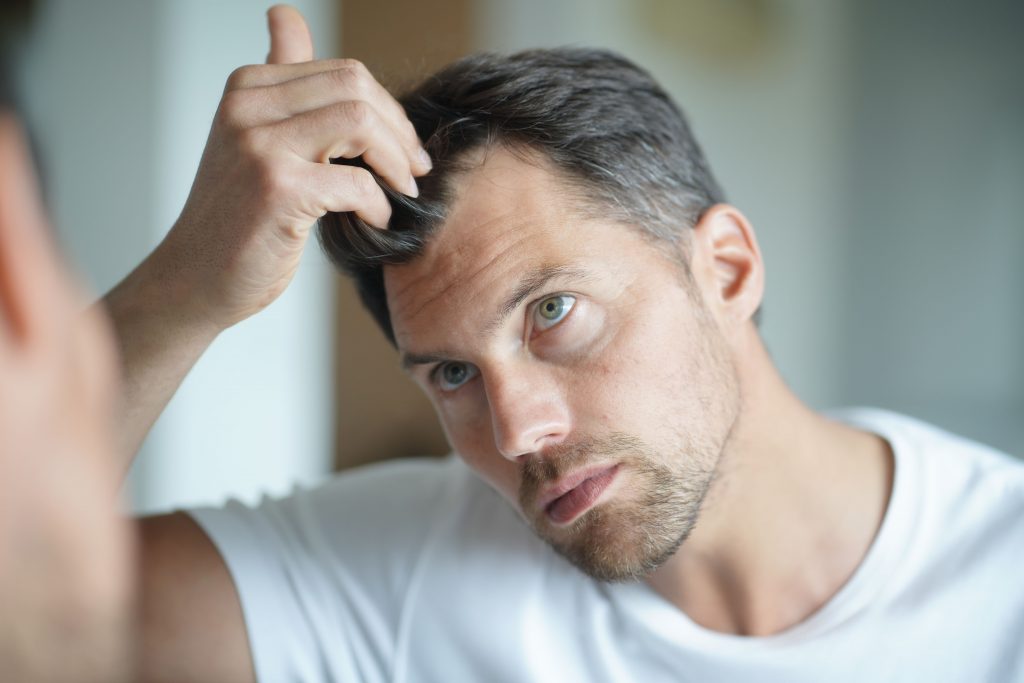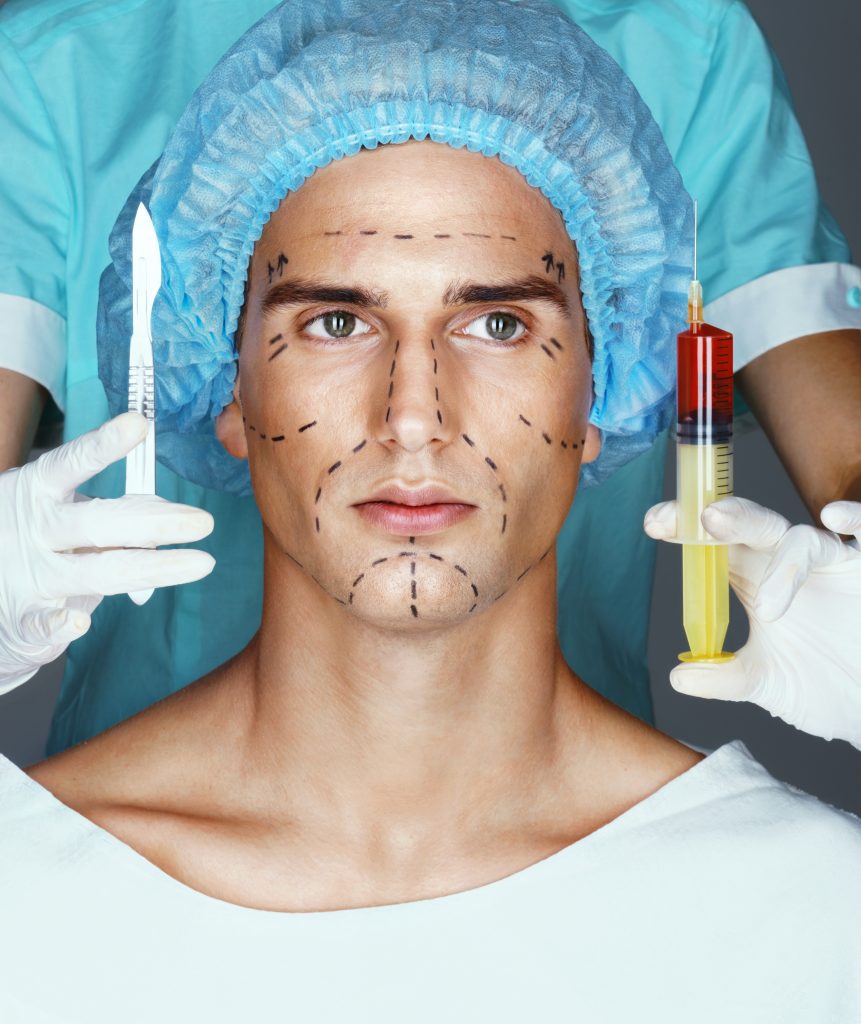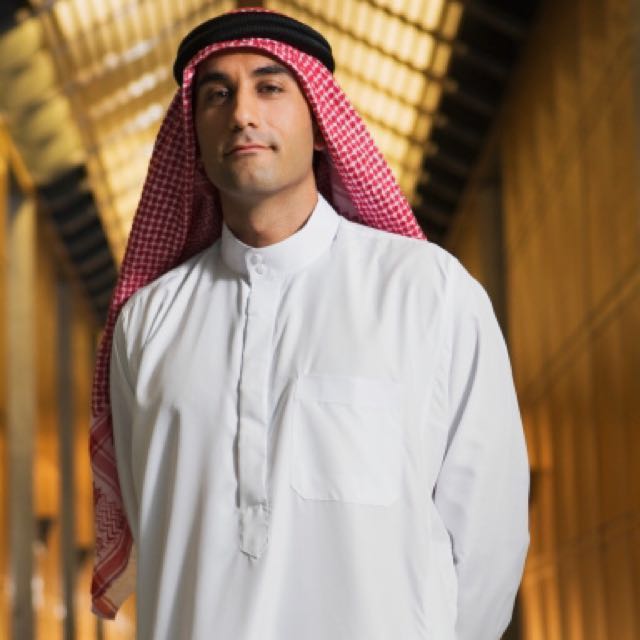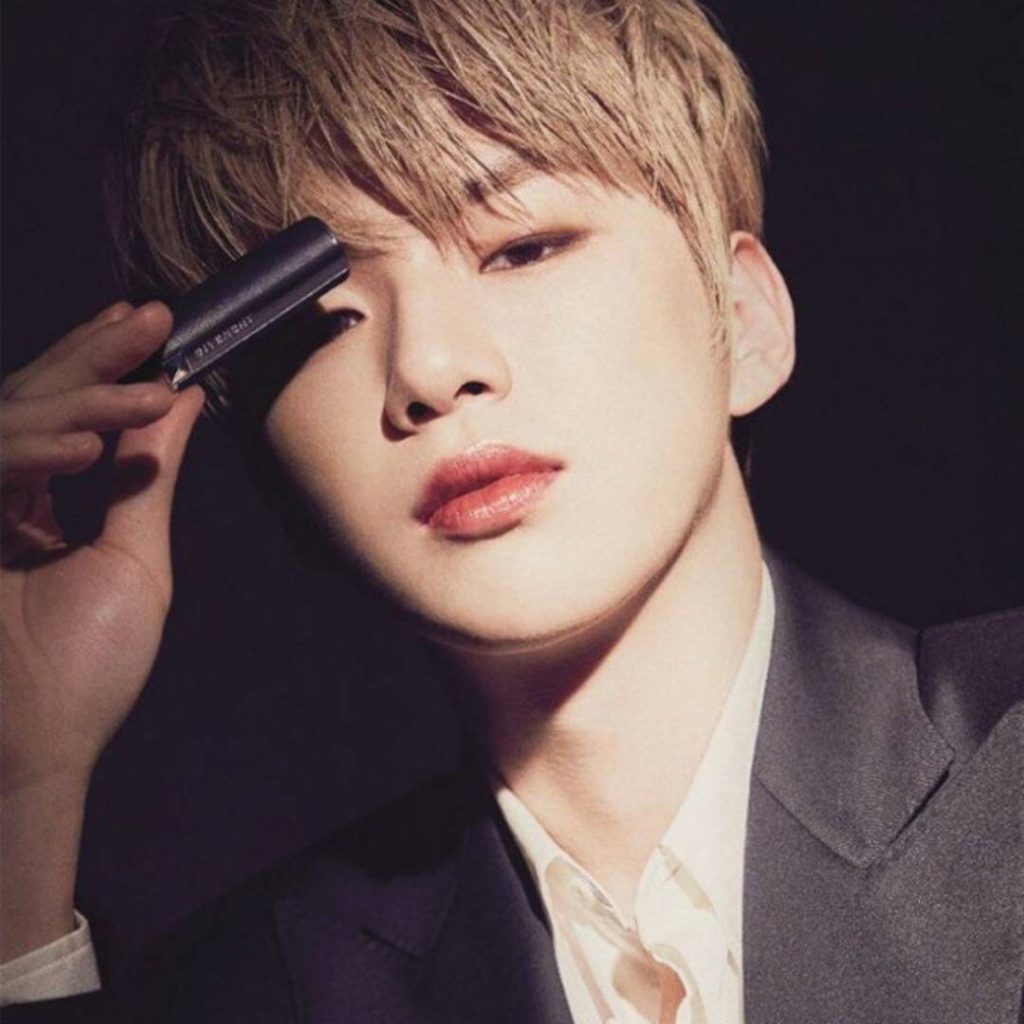Aussies are heading to Turkey to access cheap cosmetic surgery
Danielle Gusmaroli in London writes this piece for the The Herald Sun as Aussies head over to Turkey to access cosmetic surgery for prices we haven’t seen for years! NipTuck Holidays is the only agency in Australia offering Turkey as a medical tourism destination with our Group Tour getting ready to officially announce for October 2023! Interested?
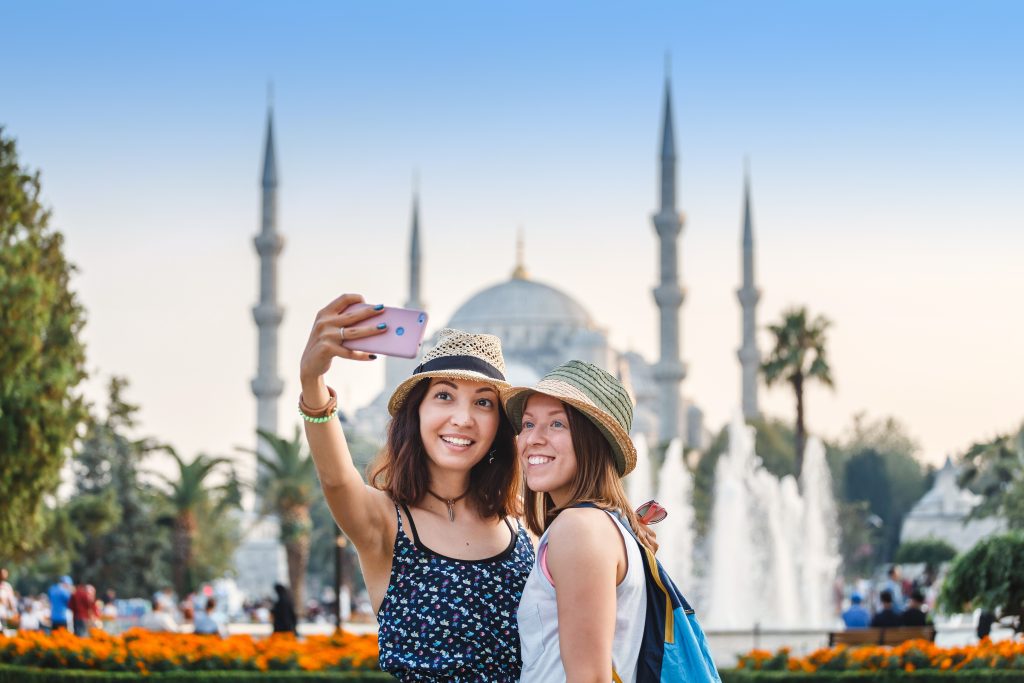
Australians craving a dramatic makeover are heading overseas to access cosmetic surgery for a fraction of the cost of procedures at home.
Turkey is fast establishing itself as the new medical tourism hub for Aussies craving bargain boobs, butts and bodies.
In a shift away from the one-time cosmetic surgery capital of Thailand, the southeastern European country has enjoyed a 400 per cent jump in bookings since international flights resumed in February 2022.
Much of the lure is price — procedures are up to 275 per cent cheaper than Australia — but there is also a belief among patients that the work is carried out in clean environments.
Venesa Sacco, 46, underwent her second cosmetic procedure in Istanbul in October — a breast lift and Brazilian butt lift (BBL).
“I feel and look totally different, I’m much more confident and like what I see in the mirror now – it’s like getting a haircut, you feel so much better afterwards,” Ms Sacco, from Caulfield, Melbourne, said.
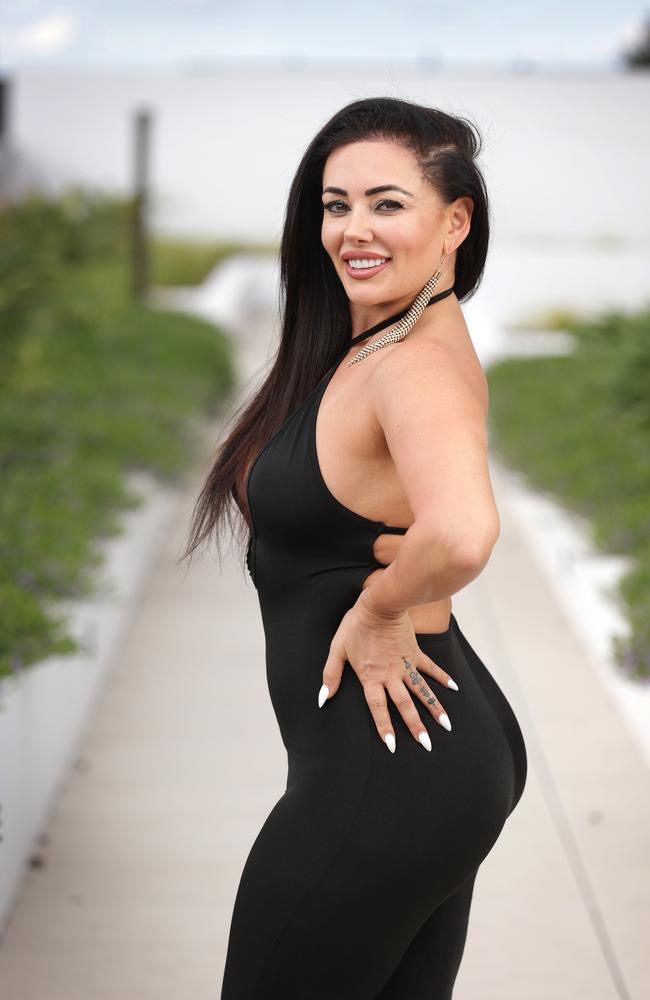
She claims to have saved $74,450 on what she would have paid in Australia for her eight surgery procedures in two trips to Turkey over 15 months.
Her BBL cost $550 instead of $3000, her breast lift was $4000 versus $15,000, she paid $3000 for veneers that would have set her back $20,000 and her 360 liposuction was $6000 instead of $20,000.
“I’m addicted and I’m thinking of another round of liposuction … and maybe a facelift next year,” she said.
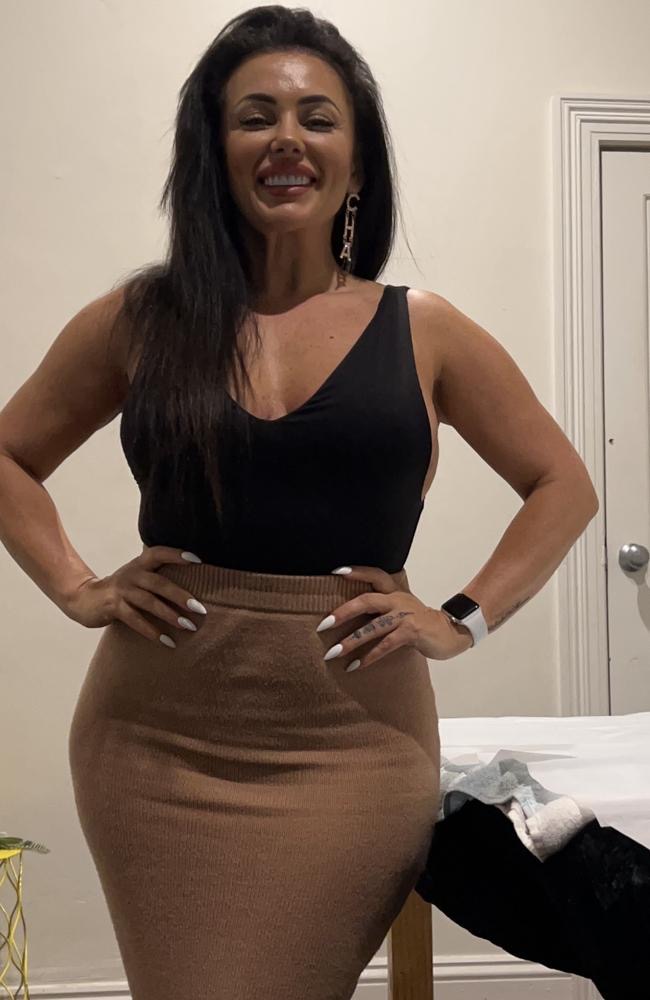
Lisa Consolmagno, 47, from Craigieburn, Melbourne, is part of a WhatsApp group with thousands of Australian members sharing information about plastic surgery in Turkey.
She flew into Istanbul a day after the deadly magnitude 7.8 earthquake for a tummy tuck, removal of old breast implants, breast lift and new implants.
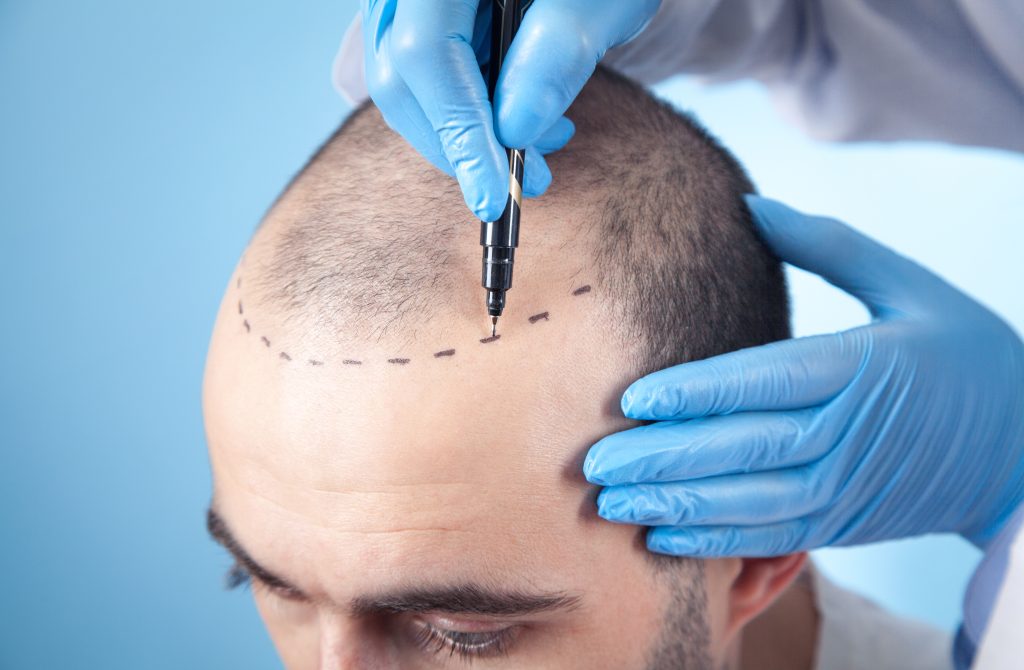
“I went to Turkey because a lot of the men at the gym I go to have had veneers and hair transplants and told me to go,” she said.

Medical tourism firm Estetica Istanbul said Australian bookings had exploded from one or two a month to 10.
According to another firm, Surgery Savior, at least 10 per cent of its 70 aesthetic procedures and hair transplants a month now went to Australians.
“I keep seeing +61 (the Australian country code) flash up on my phone,” Surgery Savior chief executive Sarah Kasule said.
“After Covid, we got flooded with calls.
“There are five Australians in hotel rooms recovering from rhinoplasty as we speak, three of them girls from Sydney.”
Estetica Istanbul chief executive Mert Karakuzu will next month launch a social media advertising campaign to meet the growing demand from Australia.
“You can’t ignore the numbers, Australia has caught on to Turkey and we are now in discussions to advertise on Facebook,” he said.
AMA President Professor Steve Robson advised exercising caution when opting for plastic surgery overseas.
“We are lucky enough to have one of the best health systems in the world with highly trained doctors, nurses and other health professionals working in world-class facilities,” he said.
“Our outcomes are second to none and when, on the rare occasion, something goes wrong, patients have the security of knowing that the health system will be there to support them.”
Chair of the Communications Committee for the International Society of Aesthetic Plastic Surgery Fabian Cortiñas shared concerns about the integrity of the industry.
“Safety should be the first priority when deciding to travel to a different country for an aesthetic surgical or non-surgical procedure,” he said.
Turkey aims to lure 1.5 million health tourists in 2023.
The government has certain expectations of clinics, including having an International Health Tourism Authorisation Certificate, regulated prices and surgical standards.
The story inThe Sun Herald: https://www.heraldsun.com.au/lifestyle/aussies-are-heading-to-turkey-to-access-cheap-cosmetic-surgery/news-story/6f1b2817d684d0f864dd01220f08bca6
TOP TIPS FOR OVERSEAS SURGERY
■ Choose a procedure that suits your age and body type. Risk and results of surgery are affected by age and weight
■ Ensure the plastic or cosmetic surgeon is experienced and medically board certified
■ Complications can occur during and after your procedure – check the level of after-care service provided and country’s safety guidelines. Each country has different safety guidelines and the safety levels will vary
■ If the procedure is performed in a hospital, verify the hospital is accredited or certified. Ask your surgeon for certification information and the name of the certifying body.
■ Ensure the surgical setting is safe and authorised by the country’s regulatory system and with trained personnel and emergency procedures in place.
■ Flights make changes in the body’s physiology, always arrive one or two days before the surgery, during those days take time for a physical consultation with your Doctor for final adjustments
■ Never underestimate the post operative period. Take enough time — at least a week — for a full recovery before your flight back.














